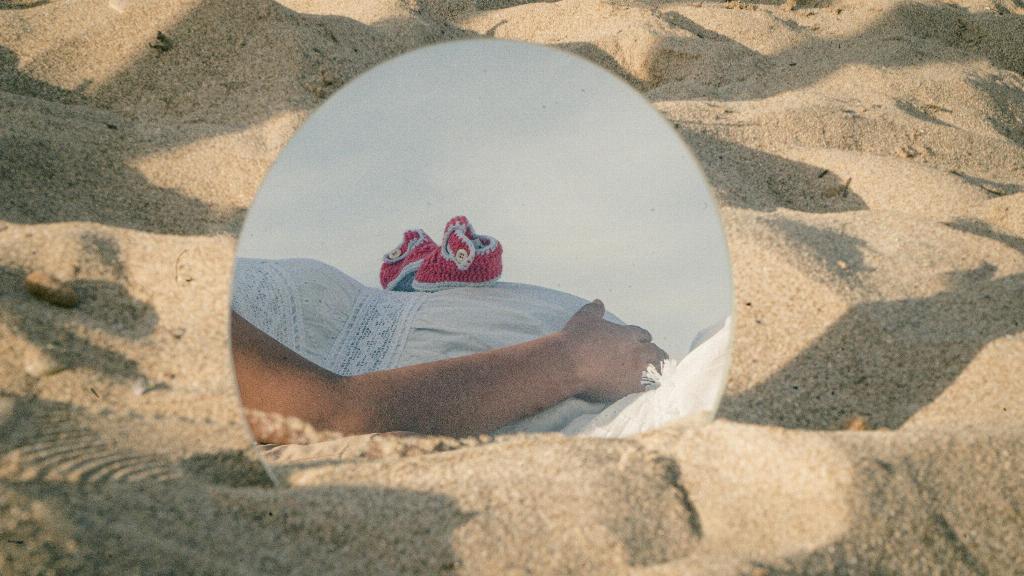When it comes to predicting the number of kittens your cat will have, it’s important to understand that there is no foolproof method. However, there are a few techniques that can give you a rough idea of what to expect.
Veterinary Assistance
If you’re eager to know the size of your cat’s litter, consulting a veterinarian is your best bet. In the final trimester of pregnancy, a vet may conduct an X-ray to get an estimate of the number of kittens. While this method can provide some insight, it’s not always precise.
Abdominal Palpation
Another technique that vets sometimes use is abdominal palpation. This involves carefully feeling the cat’s abdomen to estimate the number of kittens present. However, keep in mind that this method is not entirely accurate and can only provide an approximate count.
Understanding Variability
It’s essential to recognize that the number of kittens in a litter can vary greatly among individual cats. Factors such as breed, age, health, and genetics can all play a role in determining litter size. Therefore, it’s challenging to predict an exact number.
Observing Physical Changes
As your cat progresses through her pregnancy, you may notice certain physical changes that could hint at the number of kittens she’s carrying. A rapidly expanding abdomen and increased appetite can sometimes indicate a larger litter, but these signs are not definitive.
Genetic Considerations
In some cases, a cat’s lineage can provide clues about the potential size of her litter. If your cat comes from a line known for bearing large litters, there’s a possibility that she may follow suit. However, this is not a guarantee and should be taken with caution.
Health Factors
It’s crucial to prioritize your cat’s health and well-being during her pregnancy rather than solely focusing on the number of kittens she may have. Providing proper nutrition, veterinary care, and a stress-free environment are paramount for a successful pregnancy.
Preparing for the Unexpected
Regardless of the estimated litter size, it’s essential to be prepared for any surprises. Cats can sometimes have fewer or more kittens than expected, so having a contingency plan in place is wise. Ensure you have necessary supplies and resources ready for the birthing process.
Monitoring the Birthing Process
When your cat goes into labor, it’s crucial to monitor her closely and be prepared to assist if needed. Some cats may require medical intervention during delivery, so having a vet’s contact information readily available is essential.
Postnatal Care
After the kittens are born, it’s vital to provide proper postnatal care to ensure their health and well-being. Keep a close eye on the mother and her newborns, and seek veterinary attention if any concerns arise during the early days of their lives.
Enjoying the Journey
While the anticipation of knowing the exact number of kittens can be exciting, it’s crucial to embrace the journey of pregnancy and childbirth with your cat. Cherish the special bond you share and celebrate the miracle of new life entering your home.
Final Thoughts
In conclusion, predicting the exact number of kittens in your cat’s litter is not an exact science. By consulting with a veterinarian, understanding potential factors at play, and being prepared for any outcome, you can navigate the experience with confidence and ensure the best possible outcome for your cat and her kittens.

